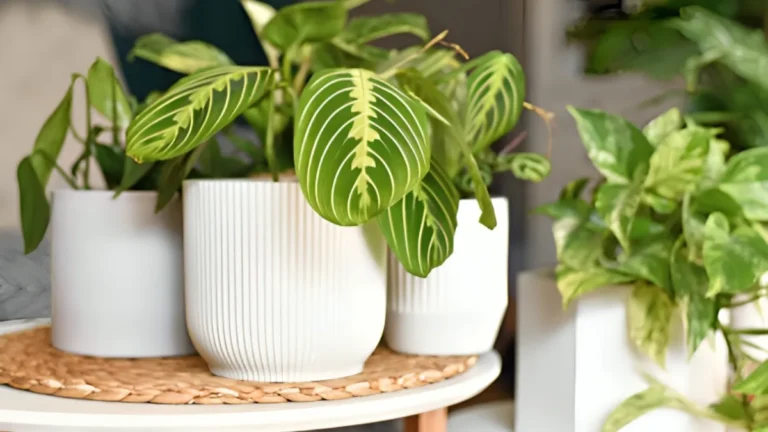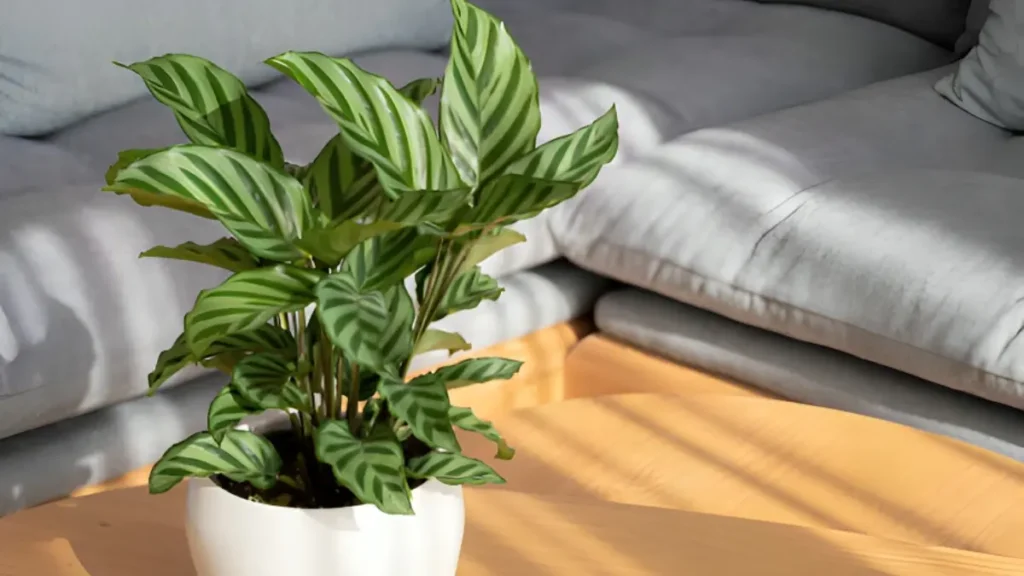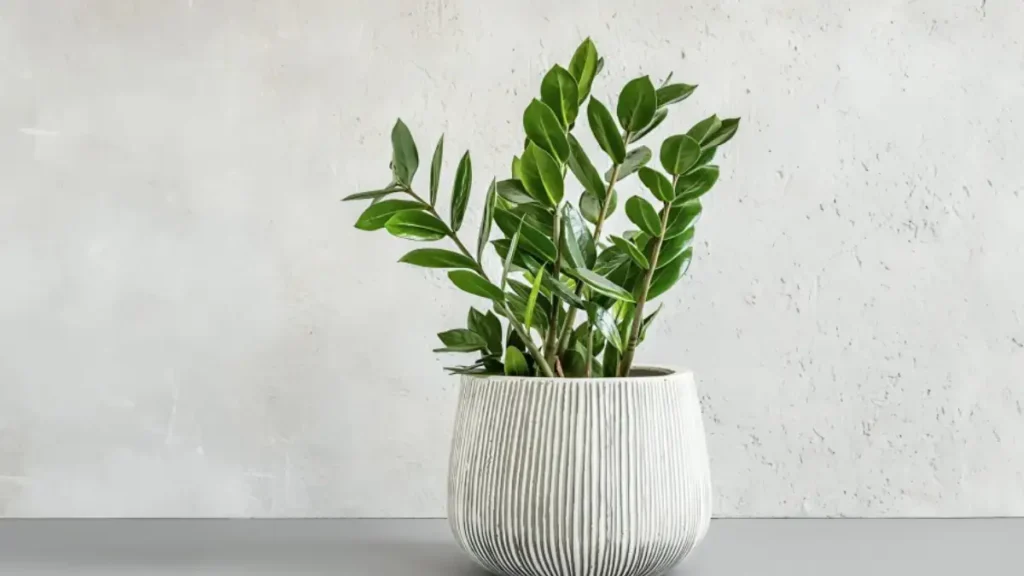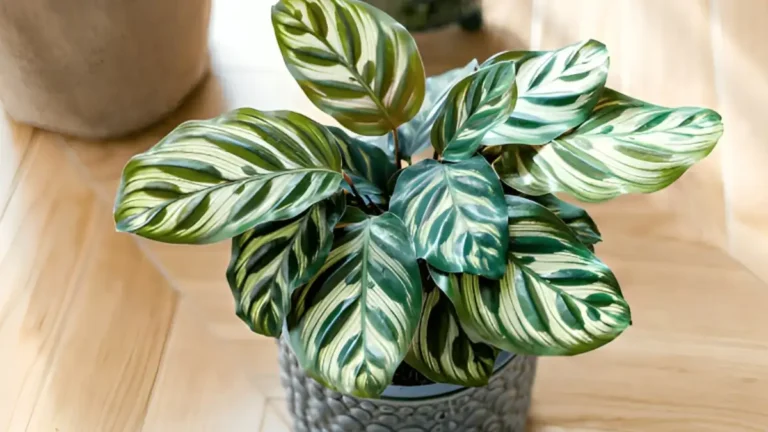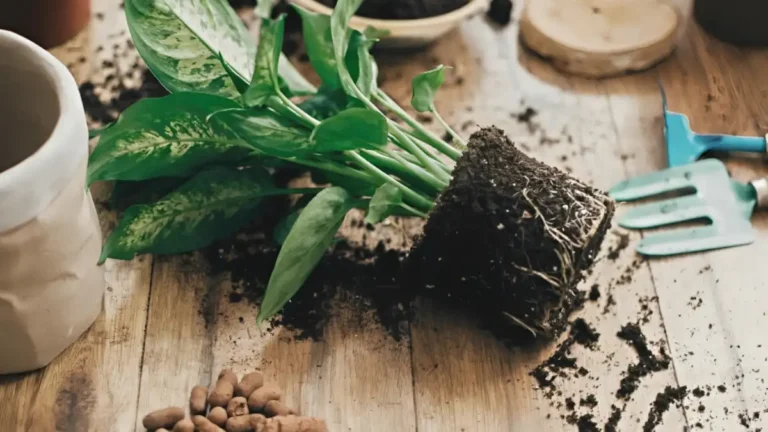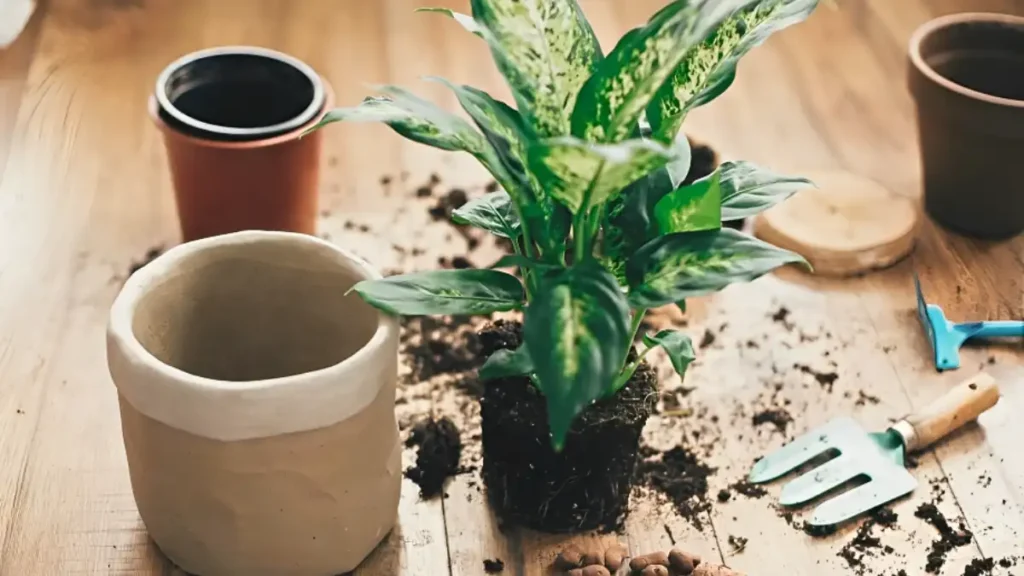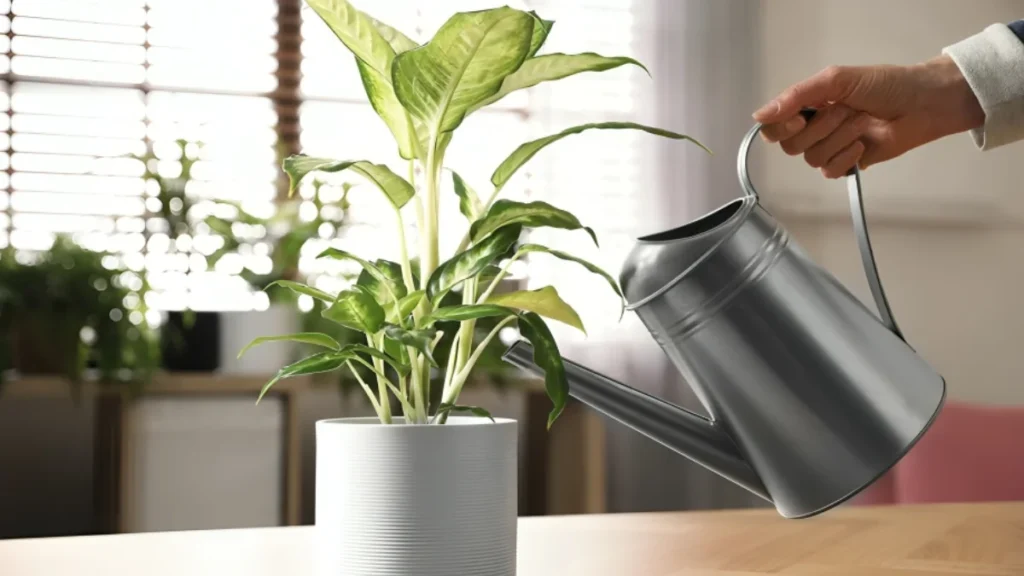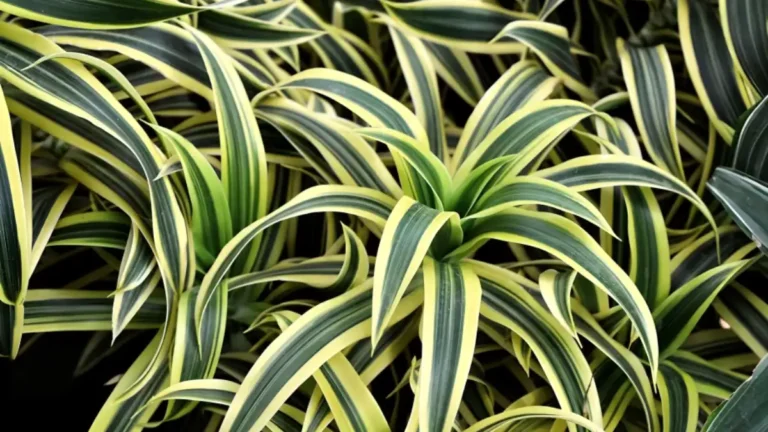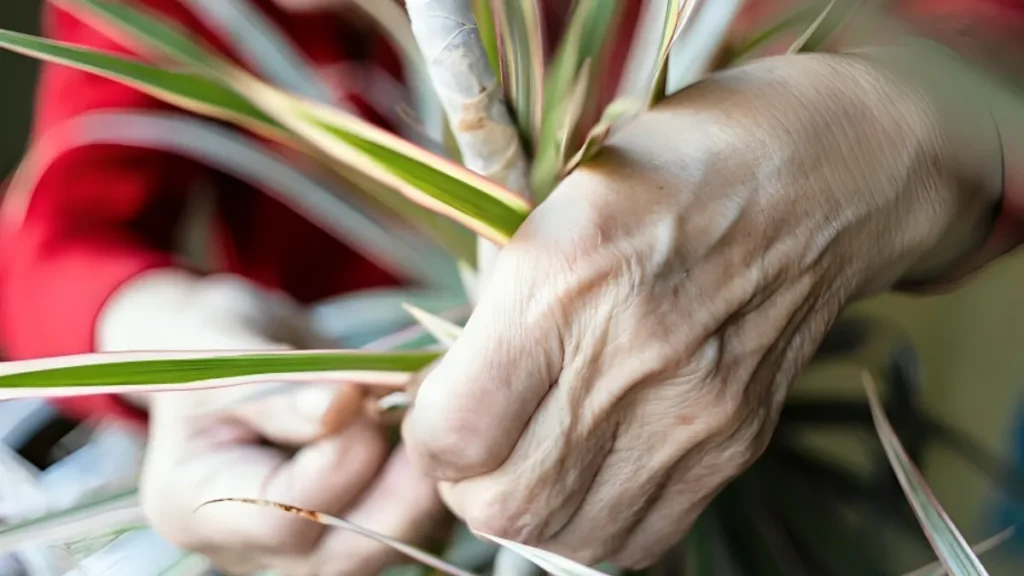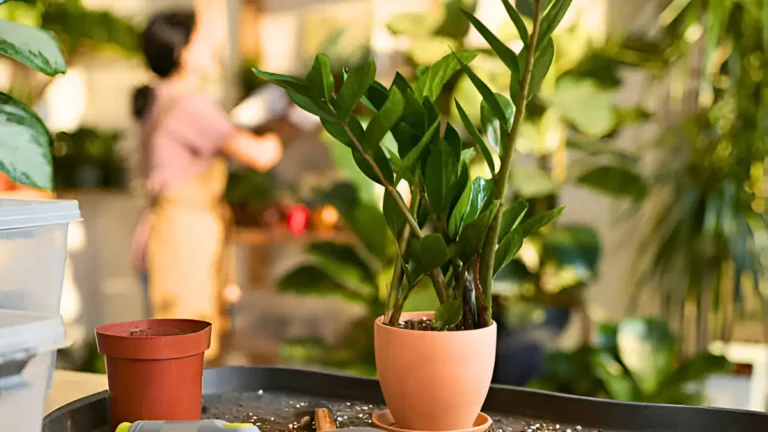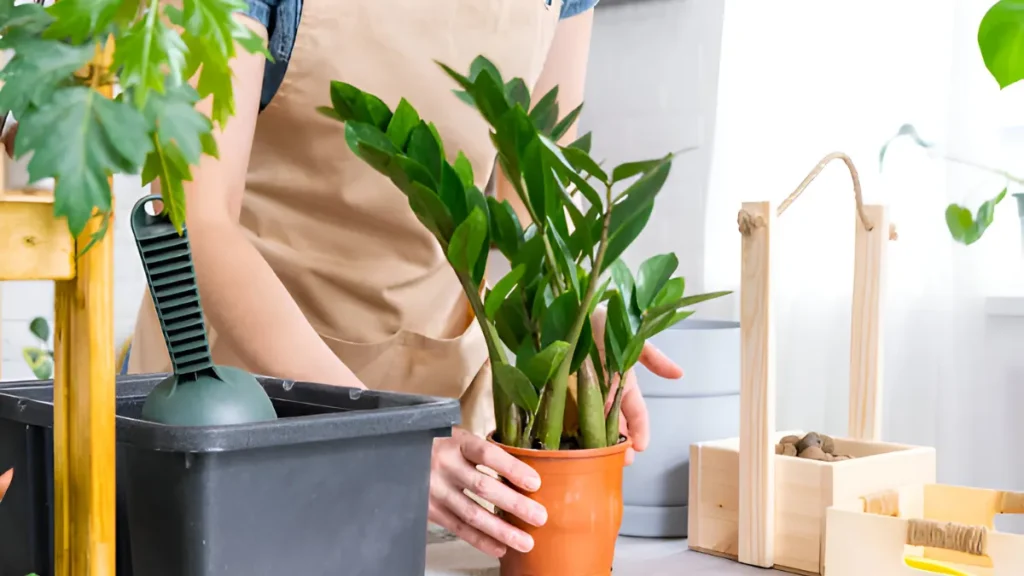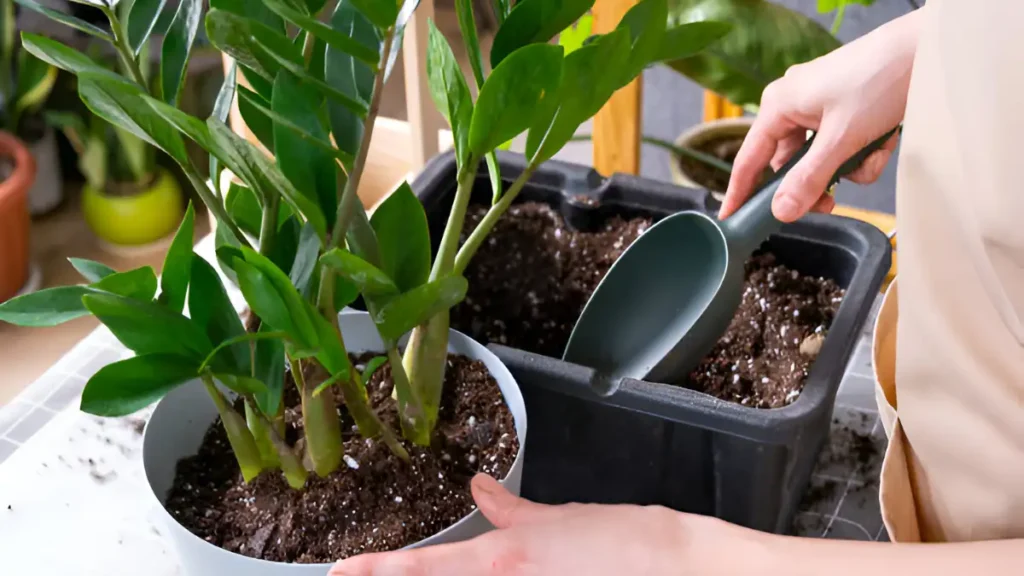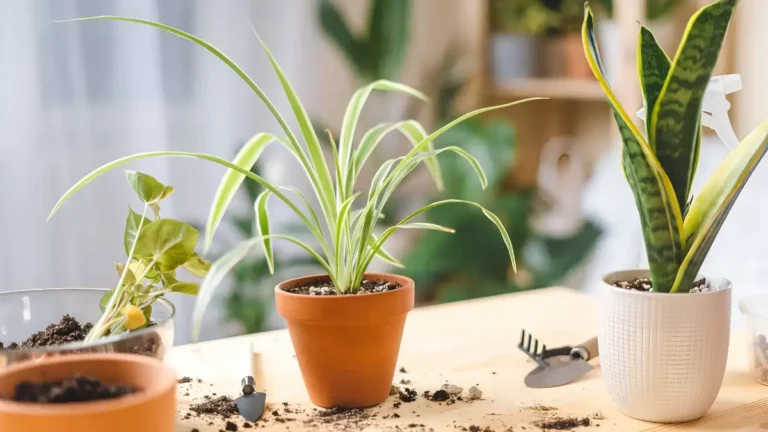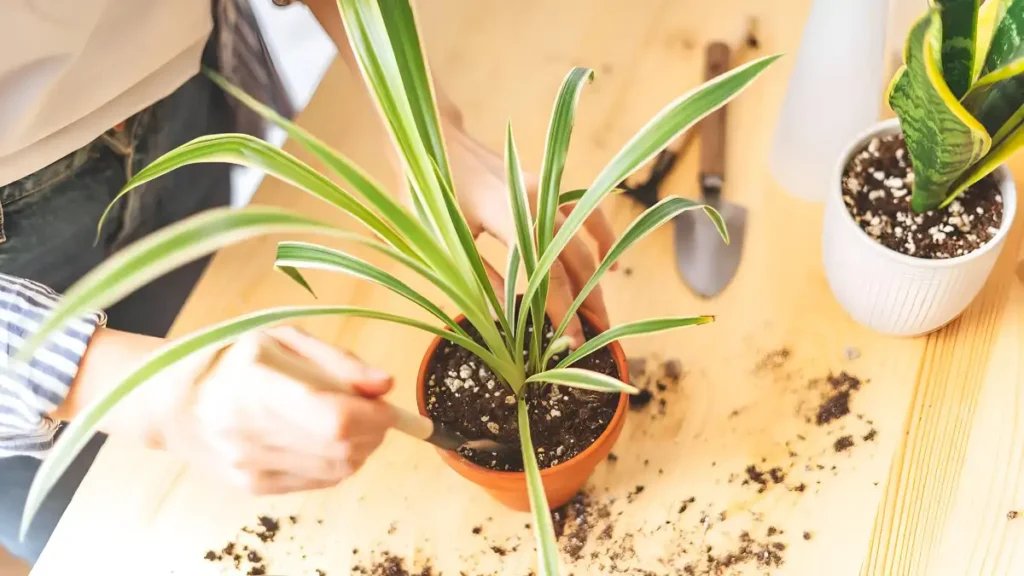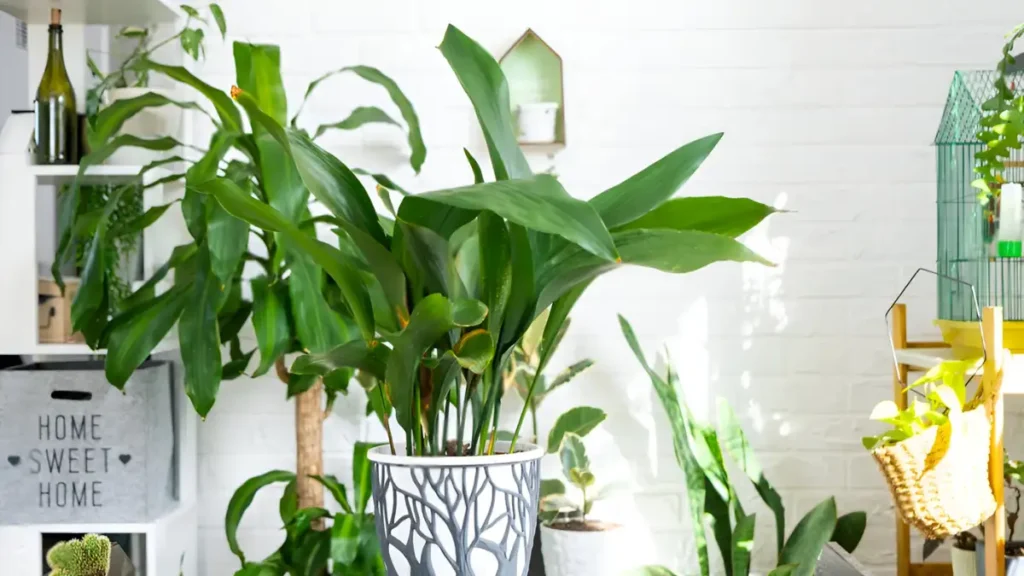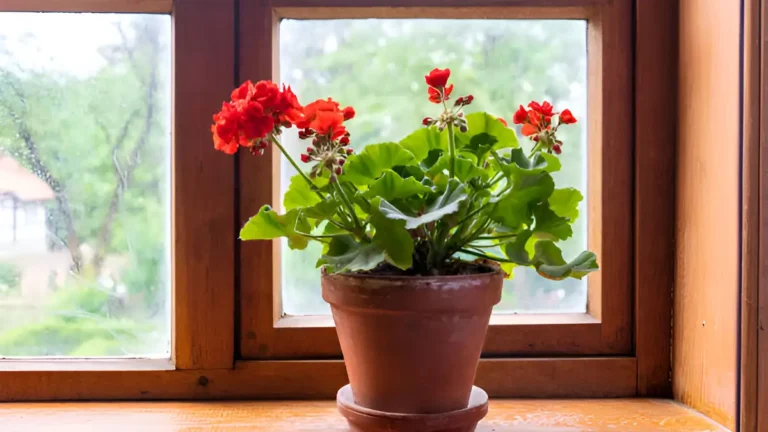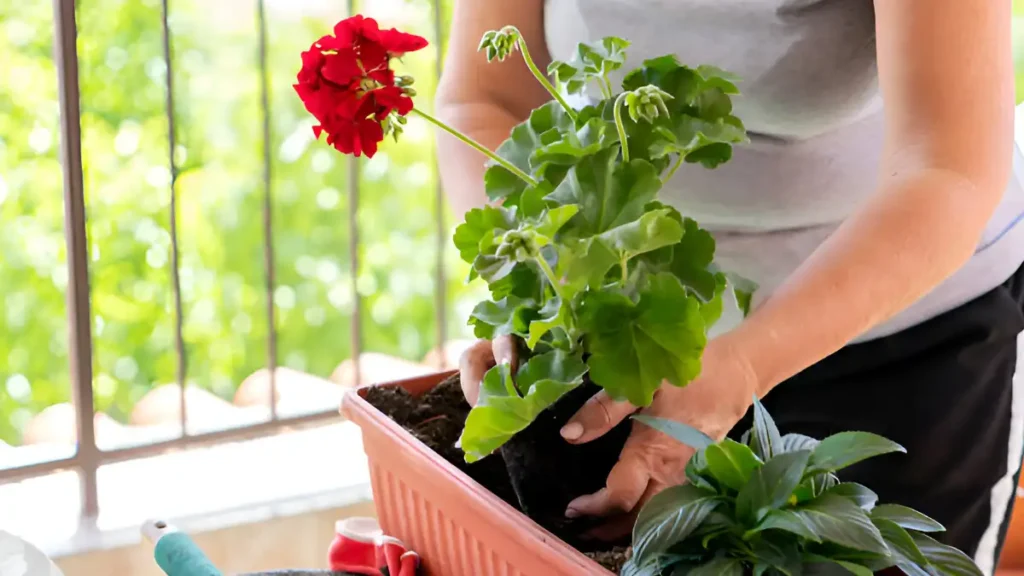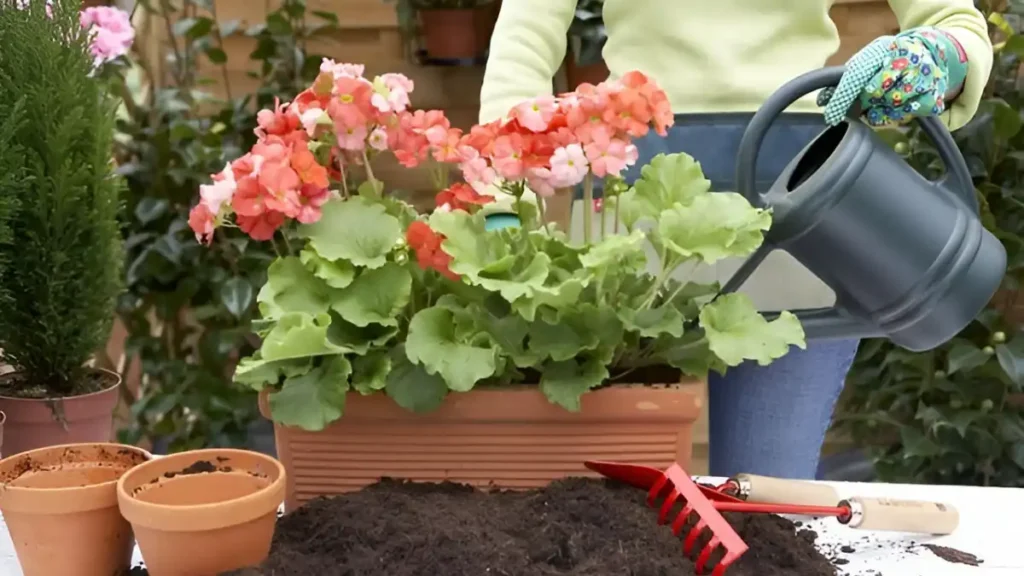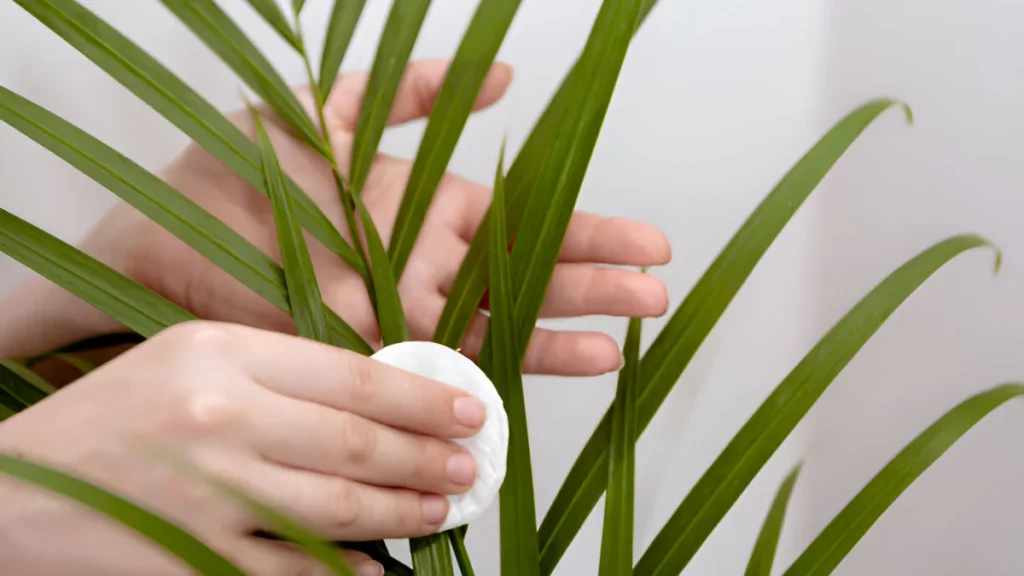Creating a peaceful and relaxing bedroom atmosphere is critical for relaxation and good sleep. Incorporating indoor plants into your bedroom improves its appearance, purifies the air, increases mood, and lowers stress levels. Given all of the benefits listed above, it’s no surprise that bedroom plants are so popular.
The British Nutrition Foundation reports that 43% of adults in the UK slept fewer than the minimum 7 hours that was advised the night before. Sleep is quite important. We should all strive for the minimum requirement of 7 hours of sleep every night, and to help you along the way, we’ve compiled a list of the six finest indoor plants for cultivating a tranquil bedroom ambiance, resulting in more and better quality sleep.
Listed below are the best bedroom plants for sleep:
1. Peace Lily (Spathiphyllum)
The peace lily’s exquisite look and remarkable air-purifying properties make it a favorite option for bedroom décor. Its lovely white blossoms and rich green leaves provide any space a soothing feel.
The low-maintenance beauty, native to tropical South America, thrives in this climate due to its high transpiration rate, which improves airflow and humidifies the air, allowing plant parents to breathe more easily.
Benefits of peace lilies as bedroom plants:
- Air pollutants like formaldehyde, ammonia, and benzene can be effectively eliminated by peace lilies.
- They protect dry skin and lessen respiratory problems by increasing humidity.
- These plants need little irrigation and do well in low light levels.
2. Orchid
Think about growing orchids indoors to give your room a splash of color. They also easily fit on windowsills or nightstands. Christopher Satch, founder and CEO of NYC Plant Help, a firm that provides plant care services nationwide for sick and dying plants, claims that orchids—NOT the typical grocery store orchids—are hypoallergenic, clean the air, and give you blooms.
3. Snake Plant (Sansevieria)
The snake plant, also known as sansevieria, is a popular houseplant due to its strong, sword-like leaves and ability to survive with indirect light and water.
Snake Plants can enhance bedroom oxygen levels, aid sleep, and eliminate harmful chemicals like xylene, trichloroethylene, benzene, toluene, and formaldehyde, while also releasing oxygen at night.
Why choose snake plants as bedroom plants?
- Unlike most plants, the snake plant produces oxygen at night, making it excellent for bedrooms.
- It effectively filters out dangerous chemicals such as trichloroethylene, benzene, and xylene.
- The snake plant is drought-tolerant and can flourish in both low and high-light situations.
4. Lavender (Lavandula)
Lavender plant, known for its soothing scent and ability to alleviate stress, can transform your bedroom into a serene sanctuary.
Legend has it that Victorian women used lavender in their pillows to help them sleep and relax, although this practice is no longer common, some still buy lavender-infused sachets.
Research has indicated that the aroma of lavender can help soothe wailing infants and promote sleep. Seeing lavender as a win-win, also helped their moms feel less stressed.
Lavender’s benefits in the bedroom:
- Lavender’s calming aroma eases tension and encourages rest.
- The natural scent of lavender is proven to improve sleep quality and lessen insomnia symptoms.
- Its delicate purple blossoms provide your bedroom’s decor with a splash of color.
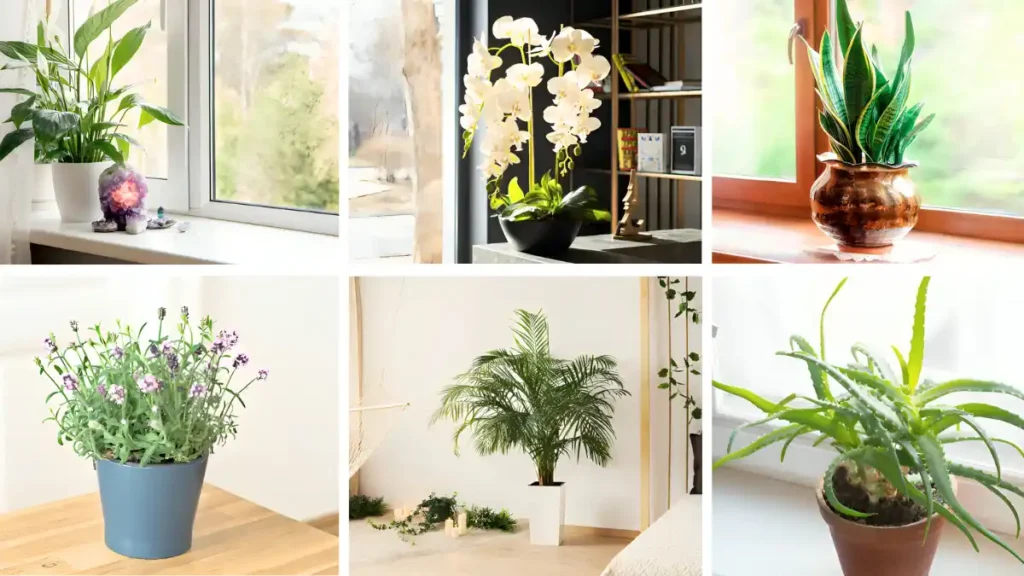
5. Aloe Vera (Aloe barbadensis miller)
Aloe vera, a versatile medicinal plant, not only enhances the aesthetic appeal of the bedroom with its sleek, fleshy leaves but also effectively cleanses the air.
Aloe vera, a calming ingredient in lotions and soaps, is also a suitable houseplant. It requires intense light and can be placed on the windowsill of a bedroom.
Why aloe vera is perfect for bedroom plants:
- Aloe vera promotes a healthier resting environment at night by absorbing carbon dioxide and releasing oxygen.
- It grows well in shady sunshine and needs little irrigation.
- Minor wounds, burns, and skin irritations can be treated with the gel found inside aloe vera leaves.
6. Areca Palm (Dypsis lutescens)
The areca palm is among the most tropical-looking bedroom plants on our list. A natural humidifier with leaves that seem unusual. The areca palm is the best choice if you have sinus issues. Throughout the spring and summer, water your areca palm frequently and place it in indirect sunshine.
Reasons to decorate your bedroom with areca palm:
- This plant is ideal for dry interior spaces since it naturally humidifies the air.
- It removes allergies and pollutants from the air.
- It stands out in any bedroom because of its height and verdant surroundings.
Advice for taking good care of indoor bedroom plants:
Use these crucial care guidelines to keep your bedroom plants healthy and long-lived:
- Select plants that will flourish in your bedroom’s lighting.
- To avoid root rot, do not overwater. Before watering, always make sure the soil is moist.
- Maintain dust-free leaves for effective air purification.
- Keep an eye out for pests like spider mites and take quick, natural measures to eradicate them.
Conclusion:
Transforming your bedroom into a calm getaway with these indoor bedroom plants is a simple yet effective way to improve your well-being. You can create a peaceful and health-enhancing environment that promotes restful sleep and rejuvenation by carefully selecting and caring for plants such as peace lilies, snake plants, and lavender.
Certainly! If you’d like to learn more, please consider following our WhatsApp Channel: Harvest Gardening
A frequently asked questions:
Q1: What plants are good for bedroom oxygen?
A1: Snake plants and Areca palms are wonderful candidates for bedroom oxygen. They release oxygen at night and increase air quality, resulting in better sleep.
Q2: What are some good low-light plants for bedrooms?
A2: Snake plants, pothos, peace lilies, and ZZ plants are all great choices for low-light bedrooms. These plants thrive in indirect or low-light environments.


